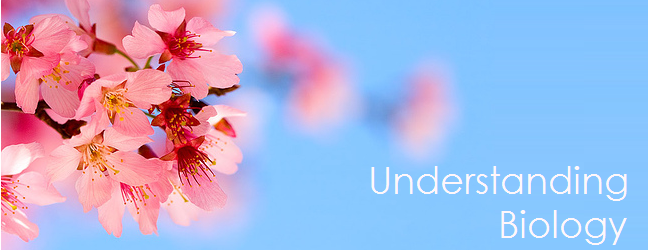Many years ago, while I still lived in a small town in Mexico called Parral, Chihuahua (the "Capital of the World" as locals call it, when it's really in the middle of nothing), I came over to visit my aunt here in El Paso. We were having breakfast one morning when my aunt placed a purple bottle on the table. I asked my cousin what that was, feeling silly of my ignorance of "American food", and he said: "It's ketchup, we have green too!", while he poured some of it on his food.
 Maybe it was because I came from somewhere where things like that didn't exist, but I just felt squeamish of eating purple ketchup and decided to pass and eat the regular kind.
Maybe it was because I came from somewhere where things like that didn't exist, but I just felt squeamish of eating purple ketchup and decided to pass and eat the regular kind.Now I come to the conclusion that the color of a food has a great impact on whether we choose to eat it or not. I feel like our brain relates the color of the with the food taste of it. We've come to judge whether a food tastes good or bad according to the color it has. We also have an expectation of the color a food should be, and even if it's a couple of shades lighter or darker, we question whether it's good or not.
It's not casual that nowadays our foods are
 filled with artificial colorings. Color appeals to the appetite. For example: Maraschino cherries are dyed an obviously artificial looking red. But look just how cute it looks on our sundae. I bet if it wasn't a bright red, we would probably push it aside because we would assume that, since it has a dull color, the flavor will be dull as well.
filled with artificial colorings. Color appeals to the appetite. For example: Maraschino cherries are dyed an obviously artificial looking red. But look just how cute it looks on our sundae. I bet if it wasn't a bright red, we would probably push it aside because we would assume that, since it has a dull color, the flavor will be dull as well.---
As I was researching for this post, I found that Heinz's weird ketchup didn't have much demand, and was discontinued after a few years. Indeed, ketchup should look red.


OMG, I remember purple ketchup!!! XD I used to eat it all the time, and I teased my squeamish cousins who were too terrified to eat it!! I actually miss it...
ReplyDelete